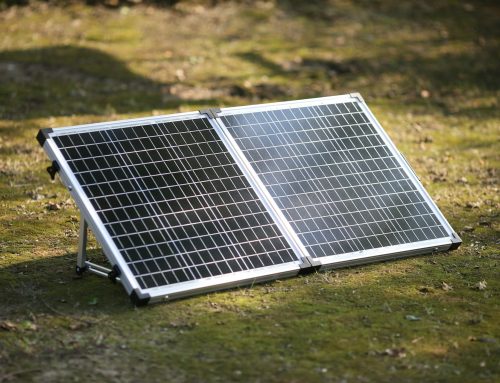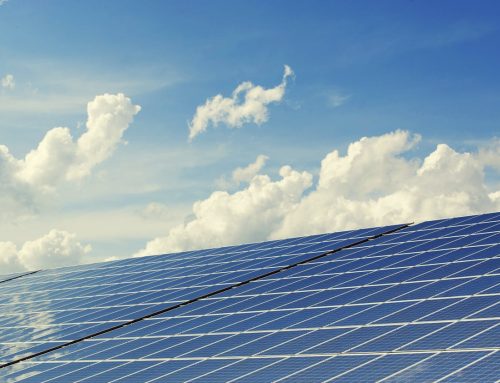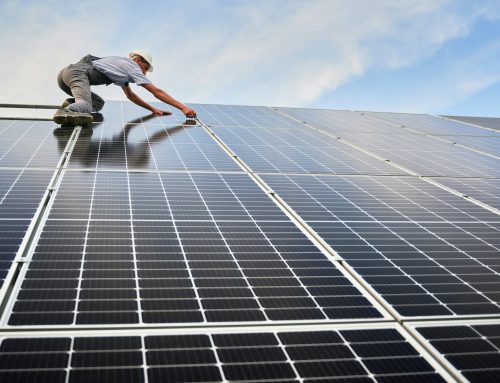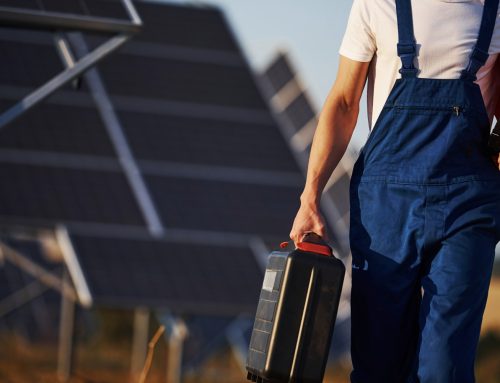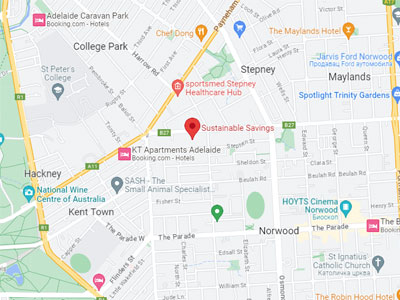When winter hits across Australia, sunlight hours drop, temperatures fall, and some solar systems don’t run quite as smoothly as they do in summer. For commercial sites with ground-mounted solar panels, that seasonal shift can be especially noticeable. Winter brings in a mix of changes that can cut into your energy output, all while energy usage tends to stay the same or even increase.
While it’s easy to assume solar panels work the same all year round, that’s not always true. Ground-mounted solar systems are more exposed than rooftop setups and can face more direct interference from cold weather patterns. Knowing why this happens helps businesses understand what to expect during June, July, and August, and whether it’s worth exploring changes or upgrades to maintain performance during the cooler months.
Understanding Seasonal Efficiency Variations
Solar panels generate electricity by capturing sunlight and converting it to power. Anything that blocks or weakens that sunlight reduces how much electricity your system produces. In areas across Australia, including Adelaide, winter tends to change the way ground-mounted solar systems behave for a few reasons.
First, positioning matters more in winter. In summer, the sun is higher and stronger, and it stays out longer. That gives panels more time to soak up direct sunlight. During winter, days are shorter, and the sun hangs lower in the sky. That means panels might not get as much exposure, especially in the early morning or late afternoon.
Rooftop systems are often fitted at ideal angles matched to the site. Ground-mounted solar panels can also be angled correctly, but they’re sometimes set flatter or placed where shadows from nearby objects reduce exposure. A tree or shed that wasn’t a problem in December might suddenly block sunlight in July, simply because of the sun’s angle.
Seasonal performance changes don’t mean your panels are broken. They’re reacting to different light conditions and external factors. Even if the panels are clean and technically working well, the environment around them plays a role in daily performance.
Impact Of Reduced Sunlight Hours
One of the biggest reasons your solar output can drop in winter is simple: lower light availability. In Adelaide, winter sunrises happen later and sunsets arrive earlier. That limits the number of hours your system can collect worthwhile sunlight.
Your solar panels won’t stop working, but their efficiency will dip because there’s less sunlight to work with in the first place. If your business runs before sunrise or into the early evening, you might notice a gap between your demand and what your system supplies on colder days. That can affect energy bills if you’re relying on the grid more often than usual.
To help balance out those shorter days and maximise light exposure, commercial solar system owners can:
1. Adjust the tilt of the solar panels to suit the winter sun’s lower position.
2. Trim or remove nearby vegetation or blockages that have grown or shifted since installation.
3. Upgrade to panels that respond well in low-light environments.
4. Have a professional conduct a winter-specific system check to spot weaknesses in layout or exposure.
Simple upgrades or changes in setup can lead to better performance without needing to install a brand-new system. Managing light access becomes just as important as maintaining the equipment.
Weather Conditions And Their Effects
Apart from shorter days, winter weather introduces other disruptions. Though temperatures themselves don’t usually affect panel performance negatively, the types of weather that come with cold months can.
Frost is one of the smaller but consistent issues across many parts of Australia, including Adelaide. In the early morning, frost can form a thin layer over your panels, blocking or scattering sunlight until it melts. While it rarely causes damage, it temporarily changes how well your panels perform until midday when full sun takes over.
Snow is rare in most of South Australia but not impossible. If snowfall does occur, it may block your panels entirely, slowing output until it melts. Most systems and panels are built to handle this temporarily, and it often slides off or evaporates due to residual heat. But without the right tilt, accumulated snow could stay on longer than necessary.
Practical steps can limit these issues, such as:
1. Making sure the angle of tilt is steep enough for frost and snow to slide off.
2. Limiting moisture-heavy features around your system that contribute to humidity and frost.
3. Keeping tabs on local forecasts to spot unusual or severe weather ahead of time.
These conditions are part of the natural seasonal cycle, but a bit of preparation keeps your solar setup running without too many hiccups.
Maximising Winter Efficiency
Since winter can affect your energy output and potentially increase your reliance on grid power, thinking ahead could help your business to keep savings consistent.
One option is upgrading to commercial solar tracking systems. These systems follow the sun’s path throughout the day, adjusting panel angles in real time. Automatic movement isn’t necessary year-round, but in months with lower sun angles, it can help you make the most out of each daylight hour.
Another solution is choosing solar panels built with low-light efficiency features. Some technologies in newer panel models convert light better, even on overcast days or in filtered conditions like through clouds or frost. Panels like these often rely on superior cell architecture and materials, offering higher output from weaker sunlight.
Bifacial solar panels are also gaining popularity. These collect reflected light from both their top and bottom sides, adding a small but meaningful increase in total output. Their benefit becomes more noticeable in winter when every bit of captured sunlight matters.
Depending on your current setup, some of these technologies can be added without reinstalling the whole system. A professional site check can help you find out whether you’re getting the most from your existing equipment or if a targeted upgrade would be more effective during winter months.
Making Solar Work All Year Long
Shifting seasons always bring changes to performance, but they don’t need to change your long-term sustainability strategy. Ground-mounted solar panels in Australia can still deliver steady value, even in July’s lowest light conditions. With smart design choices, tailored upgrades, and seasonal adjustments, commercial businesses in Adelaide and beyond can stay ahead.
Solar power remains one of the most dependable forms of alternative energy for Australian businesses. Temporary dips in winter are manageable and often minimal with the right preparation. Whether your focus is maintaining output or reducing your draw from the grid, having a system that supports consistent supply makes the difference across all seasons.
Getting the configuration right for winter will help you keep your energy performance reliable when sunshine is scarce while still enjoying year-long benefits. Solar isn’t just a summer solution; it’s a smart business investment with potential that lasts through every season.
If your business is looking to improve solar energy output through the colder months, we can help you get more from your system with tailored upgrades and expert advice. Sustainable Savings offers smart energy solutions for ground-mounted solar panels in Australia, designed to keep performance steady all year long. Let us help you turn seasonal slowdowns into long-term energy gains.


